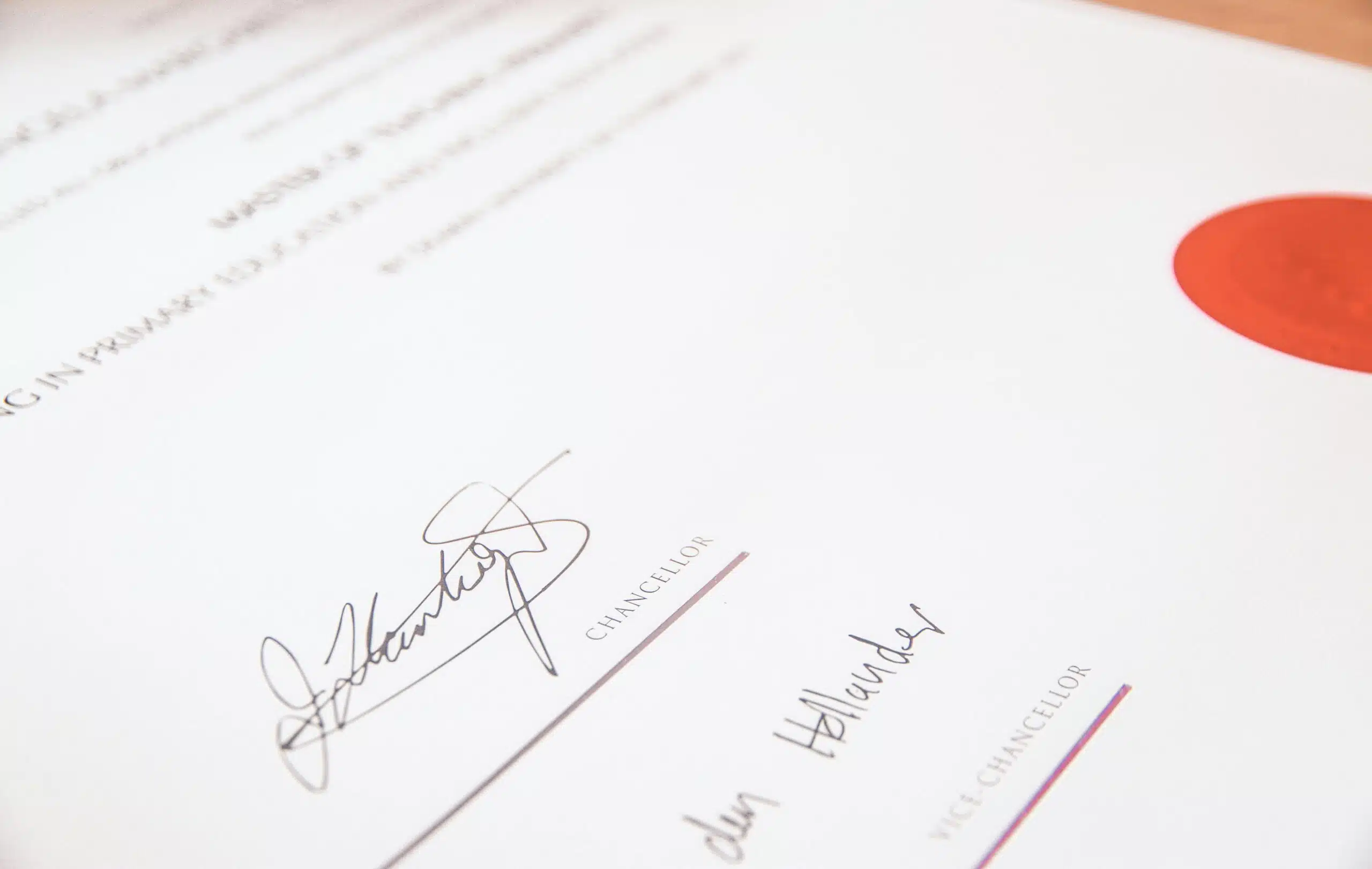If you are thinking of creating, using, and registering a trademark, early in the process, you will need to conduct a trademark search to ensure that your proposed trademark is not already in use and not already registered. Likewise, you will need to conduct a search to ensure that your proposed trademark is not confusingly similar to a trademark that is already in use and registered. The trademark laws in the U.S. prevent a person or business from using a trademark OR one that is confusingly similar to another trademark owned and registered. Violation of this rule is called trademark infringement. Trademark infringement can result in expensive litigation and judgments.
When conducting a trademark search — also called a “trademark clearance search” — there are several “layers” and intensities. In the beginning, it may be enough to conduct a USPTO trademark search, which mainly involves searching the databases operated by the U.S. Patent & Trademark Office. These databases are the largest, most publicly available, and the least expensive. These databases are available through the USPTO’s trademark electronic search system — also known as TESS. A TESS trademark search will uncover any exact match to your proposed trademark and will likely uncover any confusingly similar trademark.
Note that your TESS federal trademark search will want to “clear” both USPTO registers — the Principal Register and the Supplemental. The Principal Register is the primary one where “fully ripened” trademarks are listed. These are distinctive trademarks — or ones that have acquired distinctiveness — that meet all legal requirements for registration. The Supplemental Register is for trademarks that currently cannot be placed on the Principal Register but which might be permitted after the passage of time. Trademarks on the Supplemental Register are considered “registered” for purposes of a clearance search.
Further, your search will want to “clear” any pending applications for registration. Finally, you will want to “clear” all aspects of your proposed trademark. Thus, any words should be “cleared” along with design and color elements.
Once you have a preliminary indication that your proposed trademark has not been registered at the federal level, it is necessary to conduct a more intensive clearance search that will delve into other layers of trademark use and registration. Most states in the U.S. have statutes that allow state-level registration of trademarks that are in use in those states. Often, these statutes are somewhat more permissive than the federal trademark statute. Thus, some trademarks rejected at the federal level might be registrable at the state level. An example here is cannabis-related trademarks, which cannot be registered at the federal level (since cannabis is illegal at the federal level) but can be registered in those States where cannabis possession and use is legal. A clearance search is needed in any State where you plan to sell your product or provide your services.
Note that this discussion involves registered trademarks. At some point, you will also want to conduct a clearance search for unregistered trademarks and, possibly, internationally registered trademarks.
Contact the Trademark Attorneys at Revision Legal For more information, contact the experienced Trademark Lawyers at Revision Legal. You can contact us through the form on this page or call (855) 473-8474.




